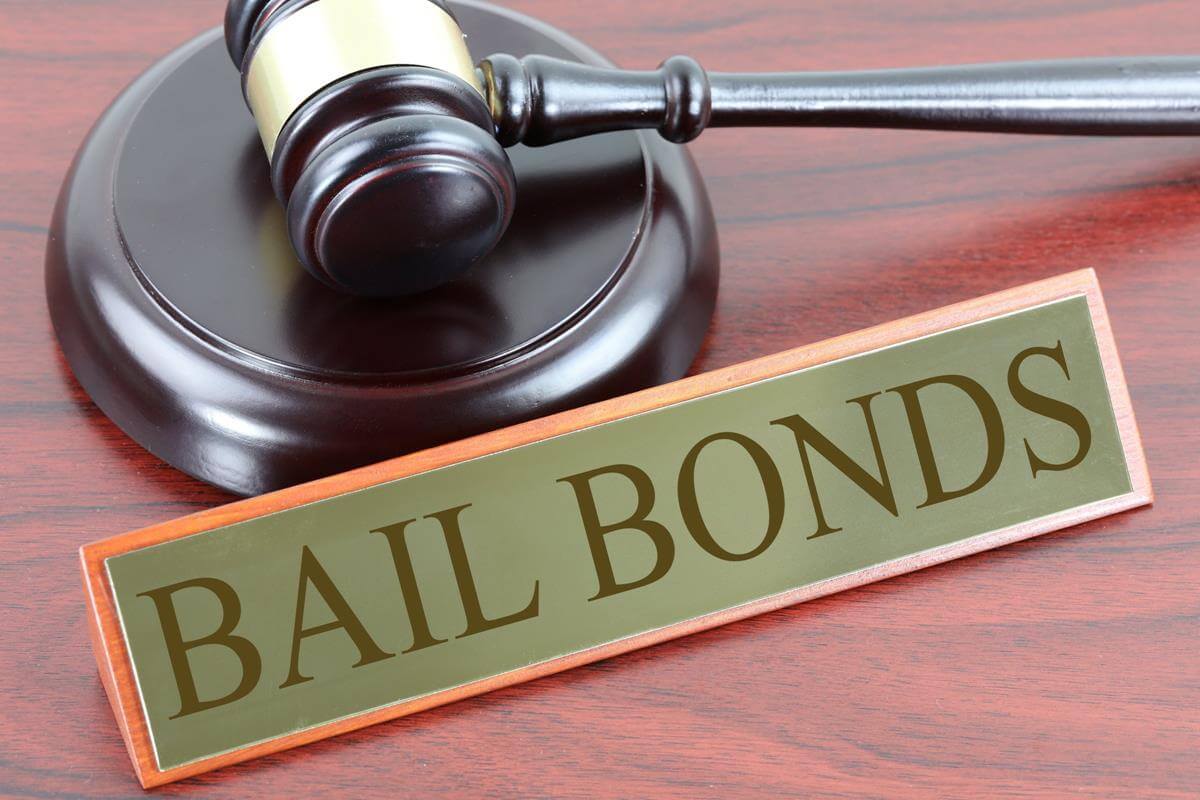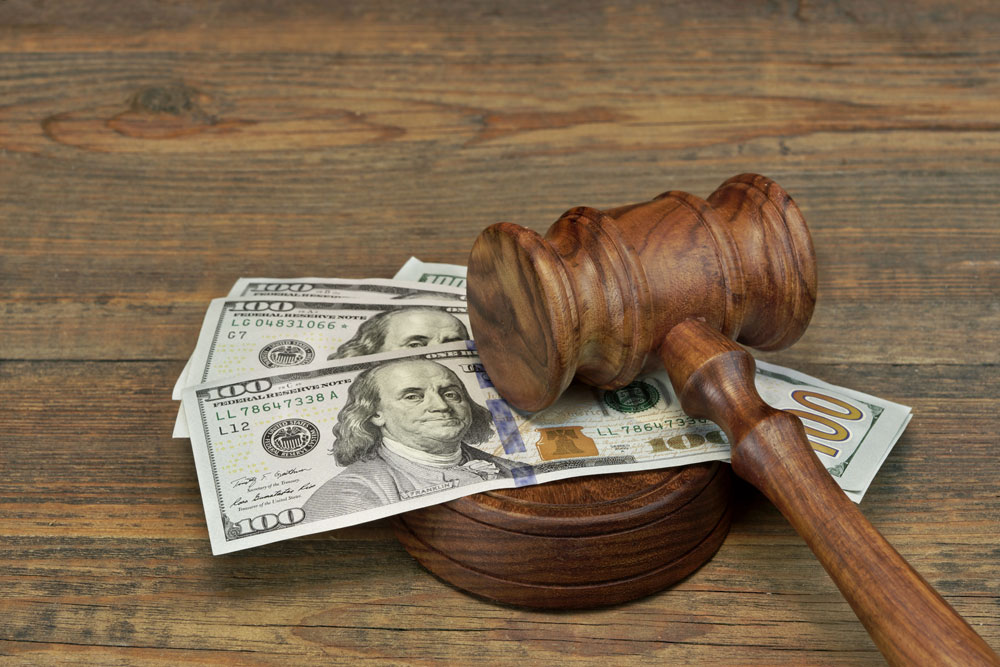A Comprehensive Look at the Bail Bonds Process in Los Angeles
A Comprehensive Look at the Bail Bonds Process in Los Angeles
Blog Article
Comprehending the Fundamentals of Bail Bonds: What You Need to Know
Browsing the intricacies of bail bonds is a crucial facet of the legal system that can significantly influence the accused's trip through court procedures. The ins and outs of exactly how bail bonds operate, the numerous kinds readily available, and the important considerations in picking a trustworthy bail bondsman can be intimidating.
What Is Bail?
Bail is a monetary arrangement that enables an individual charged of a criminal offense to be launched from custodianship while waiting for trial. The main purpose of bail is to make certain that the defendant stands for future court process (Los Angeles Bail Bondsman). Normally established by a court, the bail amount differs depending on the nature of the criminal offense, the offender's criminal background, flight risk, and various other relevant aspects
When bail is granted, the accused or a representative needs to pay a defined amount, which might be in cash or through a bail bond. In some instances, bail can be denied completely, especially for severe offenses or if the suspicious positions a substantial danger to public security. The principle of bail is rooted in the assumption of virtue, enhancing the idea that people must not be penalized before a conviction.

Recognizing Bail Bonds
A bail bond is a financial instrument that promotes the launch of a charged person from custody, serving as an assurance for their appearance at future court dates. This arrangement enables accuseds to preserve their liberty while awaiting trial, minimizing the problems associated with incarceration. The bail bond process generally involves a third-party company, understood as a bondsman, who offers the required funds to the court in support of the charged.
Bail bonds come in numerous types, including surety bonds, residential or commercial property bonds, and cash bonds, each with distinct requirements and effects. Guaranty bonds, the most usual kind, need a superior settlement, normally a percentage of the total bail amount, which is non-refundable. In comparison, a property bond entails utilizing realty as collateral, while money bonds necessitate the complete bail quantity to be paid in advance.
Comprehending the nuances of bail bonds is critical for defendants and their families. It is necessary to comprehend the prospective financial ramifications, consisting of fees and commitments to the bail bondsmansman, in addition to the lawful obligations tied to making certain court appearances. Understanding of these components help in making informed choices during a difficult time.
Just How Bail Bonds Work
The process of protecting a bail bond usually entails several essential steps that make sure the charged can regain their flexibility while waiting for test. Originally, the individual or their representative contacts a bondsman, who examines the instance and the linked risks. The bondsman will require information about the implicated, consisting of the costs, the bail quantity established by the court, and any type of pertinent individual details.
When the bondsman consents to supply the bond, the implicated or their agent needs to pay a non-refundable charge, normally a portion of the overall bail amount. This cost compensates the bail bondsman for tackling the monetary risk of making certain the implicated appears in court. Sometimes, collateral might additionally be called for, such as building or important properties, which functions as protection for the bond.
After the charge and any kind of security are organized, the bail bondsman submits the necessary documents to the court. Upon approval, the bail is posted, and the charged is released from guardianship. It is vital for the accused to comply with all court dates and conditions, as failure to do so can cause the forfeiture of the bond and potential lawful repercussions.
Types of Bail Bonds
Different types of bail bonds are available to match different circumstances and demands. One of the most typical kind is the surety bond, where a bondsman warranties settlement of the full bail total up to the court in exchange for a non-refundable fee, commonly around 10% of the bail. This setup permits defendants to safeguard their launch without paying the whole bail upfront.
Another kind is the money bond, which calls for the accused or a co-signer to pay the complete bail quantity in cash straight to the court - Los Angeles Bail Bondsman. This alternative is frequently favored for lower bail quantities, as it guarantees important source the cash is returned upon the defendant's look whatsoever court process
Property bonds include making use of real estate as security. In this instance, the court places a lien on the building, which can be forfeited if the accused stops working to appear.
Last but not least, federal bail bonds are particularly made for federal instances, commonly entailing higher amounts and additional complexities. Understanding these numerous bail bond the original source kinds is essential for offenders and their family members in making informed decisions during a difficult time.
Selecting a Bond Bail Bondsman
When picking a bail bondsman, it is necessary to think about several crucial elements that can influence the overall experience and outcome. Evaluate the bondsman's credibility by researching on-line evaluations and acquiring recommendations from relied on resources. A dependable bail bondsmansman will have a history of professionalism and trust and successful situations.

It is also important to understand the cost framework. Many bail bondsmensman charge a non-refundable fee, commonly around 10% of the bail quantity. Be careful of any kind of surprise fees or uncommon payment techniques. Transparency in rates click now is a characteristic of a credible bail bondsman.
Final Thought
Bail offers as a financial assurance of court appearance, while numerous kinds of bail bonds provide to various circumstances. Comprehending the functional systems of bail bonds and selecting a reliable bail bondsman can substantially affect the general experience.
The details of exactly how bail bonds run, the numerous types offered, and the crucial considerations in selecting a respectable bail bondsman can be intimidating. The bail bond process normally entails a third-party firm, understood as a bond bondsman, who offers the necessary funds to the court on behalf of the accused.
The most common kind is the surety bond, where a bond bondsman warranties settlement of the full bail amount to the court in exchange for a non-refundable charge, generally around 10% of the bail. Bail offers as a financial assurance of court appearance, while different kinds of bail bonds cater to various situations. Recognizing the functional mechanisms of bail bonds and choosing a trustworthy bail bondsman can significantly affect the total experience.
Report this page